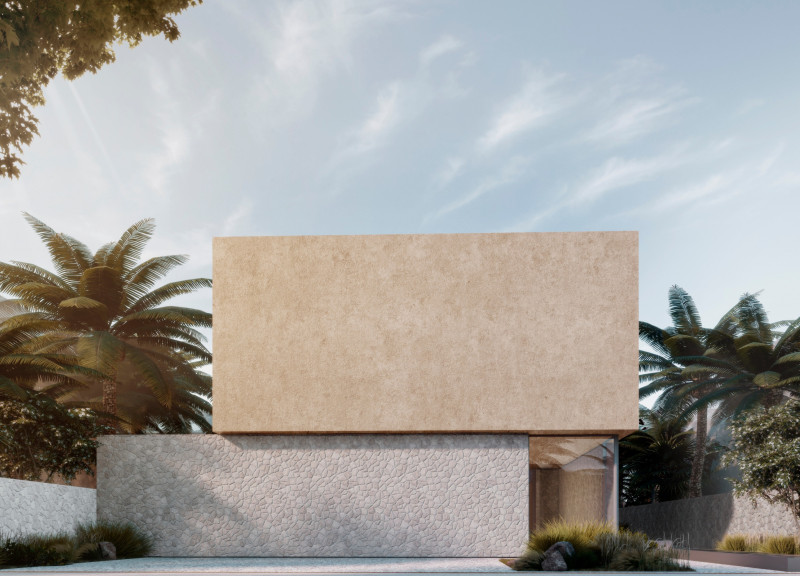5 key facts about this project
The primary function of the project is to provide a versatile space that can accommodate various activities, reflecting the needs of the community it serves. This adaptability is achieved through an intelligent layout and flexible interior spaces that can be configured for different purposes. The design process focused on creating an open and inviting environment that fosters interaction among users while maintaining a sense of privacy where necessary.
Key elements of the architecture include careful attention to materiality and structural expression. The project employs a combination of concrete, glass, and wood, creating a welcoming yet robust facade. The use of glass not only allows natural light to permeate the interior but also establishes a visual connection between the indoors and outdoors. This transparency enhances the sense of space while inviting the surroundings into the building. The wooden elements add warmth and texture, creating a balanced contrast with the more industrial concrete components. Overall, this thoughtful selection of materials underscores the project's commitment to sustainability and environmental responsiveness.
The design also incorporates outdoor spaces that are meticulously integrated into the overall layout. These areas act as extensions of the interior, providing opportunities for recreation and relaxation. Landscaping plays a crucial role in this design, encouraging biodiversity and fostering a healthy ecosystem around the site. This integration of nature not only enhances the aesthetic qualities of the project but also contributes to the well-being of its occupants.
One of the unique design approaches evident in this project is the focus on passive design strategies. By carefully orienting the building and incorporating overhangs, the architects have optimized natural cooling and heating, which reduces energy consumption. The strategic placement of windows further allows for cross-ventilation, minimizing reliance on mechanical systems. This not only contributes to the project’s sustainability goals but also enhances the comfort of its occupants.
Another noteworthy aspect is the attention given to the interior design, which emphasizes functionality while maintaining an inviting atmosphere. The arrangement of spaces facilitates flow and accessibility, ensuring that users can navigate the environment with ease. Moreover, thoughtful acoustical considerations enhance the user experience by minimizing noise disruptions in communal areas.
The project stands out not just for its physical attributes but for its conceptual underpinnings. It embodies a commitment to community engagement, sustainability, and a deep respect for the context in which it sits. By prioritizing user experience and environmental responsiveness, this architecture promotes a harmonious balance between built and natural environments.
This extensive analysis highlights the design's multifaceted approach and its response to contemporary architectural challenges. To fully appreciate the intricacies of this project, readers are encouraged to explore the architectural plans, architectural sections, and architectural designs that further illustrate the thoughtful ideas underpinning this remarkable endeavor. Engaging with these elements will provide deeper insights into the project’s vision and execution, showcasing the potential of modern architectural practices.


























